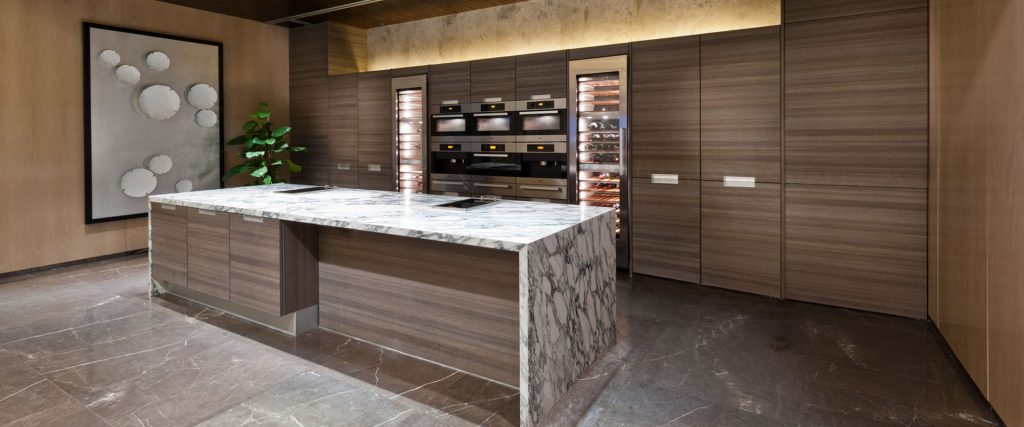It is quite surprising that something as hard as a rock – in this case actual rock – can also be fragile and vulnerable. Stone products like tiles and countertops are beloved materials for surfaces that endure lots of wear and tear because these products are very hard and very durable. Many stone types, including limestone, can however be damaged if these materials are not properly sealed. If you want to keep your beautiful limestone floors and countertops properly protected then it is important to add a protective coating on top of them. But why should these surfaces be sealed and how often should you tend to this type of maintenance task?
Let’s find out.

Why Should Limestone Surfaces Be Sealed?
Limestone is a type of carbonate sedimentary rock that mostly consists of calcite and aragonite. This type of rock has many different applications. The stone is cut and shaped to create all sorts ornamental features like monuments, it is commonly used as a surface material for floors, the stone is popular as a countertop material and you can even find this natural material inside products like toothpaste.
The sedimentary rock can be very tough and durable but they do have a high porosity. This means that any fluids you spill on the floor can easily be absorbed by the stone.
When these fluids are absorbed, they can cause stains on your natural stone floors. These stains can be very difficult to get rid of. In most cases, the stain is removed by buffing away the top layer of the stone. While this remedy can be effective it also thins down your stone layer.
A protective coating on top of the natural stone layer will act as a protective barrier and can offer many benefits like the following;
- Keep the stone from absorbing chemicals and liquids.
- Protect the floors from impact.
- Protect the floors from scratches.
- Keeps the stone from becoming brittle due to chemical exposure.
- Enhances the strength and durability of the stone.
- Enhances the natural colours and beauty of the stone.
When Should Limestone Tiles Be Sealed?
All limestone floors should be sealed when they are first installed. Once stains occur, these damages will take a lot of extensive work to remove and restore.
The initial seal of limestone floors usually lasts about 15 years. After this time, this top coat will be worn down and it might even be faded or discoloured. The top coat is then stripped off and replaced with a fresh new sealant which can keep your floors in good shape for the next decade.
When Should Limestone Countertops Be Sealed?
Limestone is a fairly popular countertop material because the stone is so light and beautiful. These countertops endure a lot more wear and tear and are often exposed to acidic foods. This type of countertop should be immediately sealed after installation. It s also good to get your tops re-sealed once a year so they can stay in good shape and you can reduce the risk of stains.
Can I Seal Limestone Floors or Tops Myself?
It is always best to use a professional stone expert for these types of jobs. Your stone surfaces can look unattractive if this top layer isn’t installed correctly and the sealant might not provide the needed protection if it is too thin or if there are any gaps in the seal. Different types of sealants can also be used for different work surfaces or rooms. For wet rooms like bathrooms or swimming pools, a deep impregnating seal is used while a thinner seal can be better for other rooms and surfaces.
If you need a professional to help you treat and seal your limestone surfaces then the best thing you can do is give Stone Wiz a call. We specialize in stonework materials and can help you revive and protect these natural and beautiful floors so they can last much longer.

